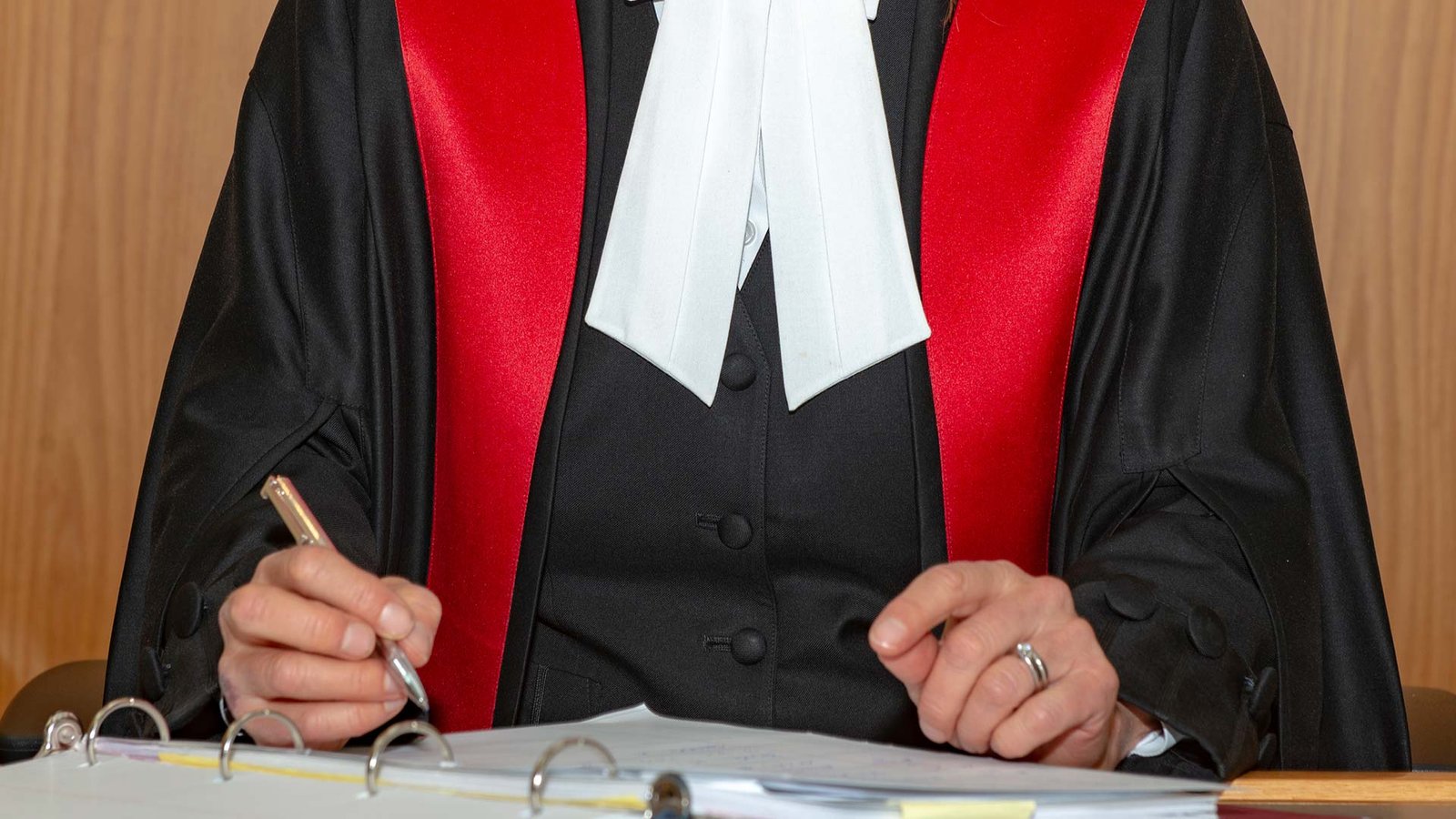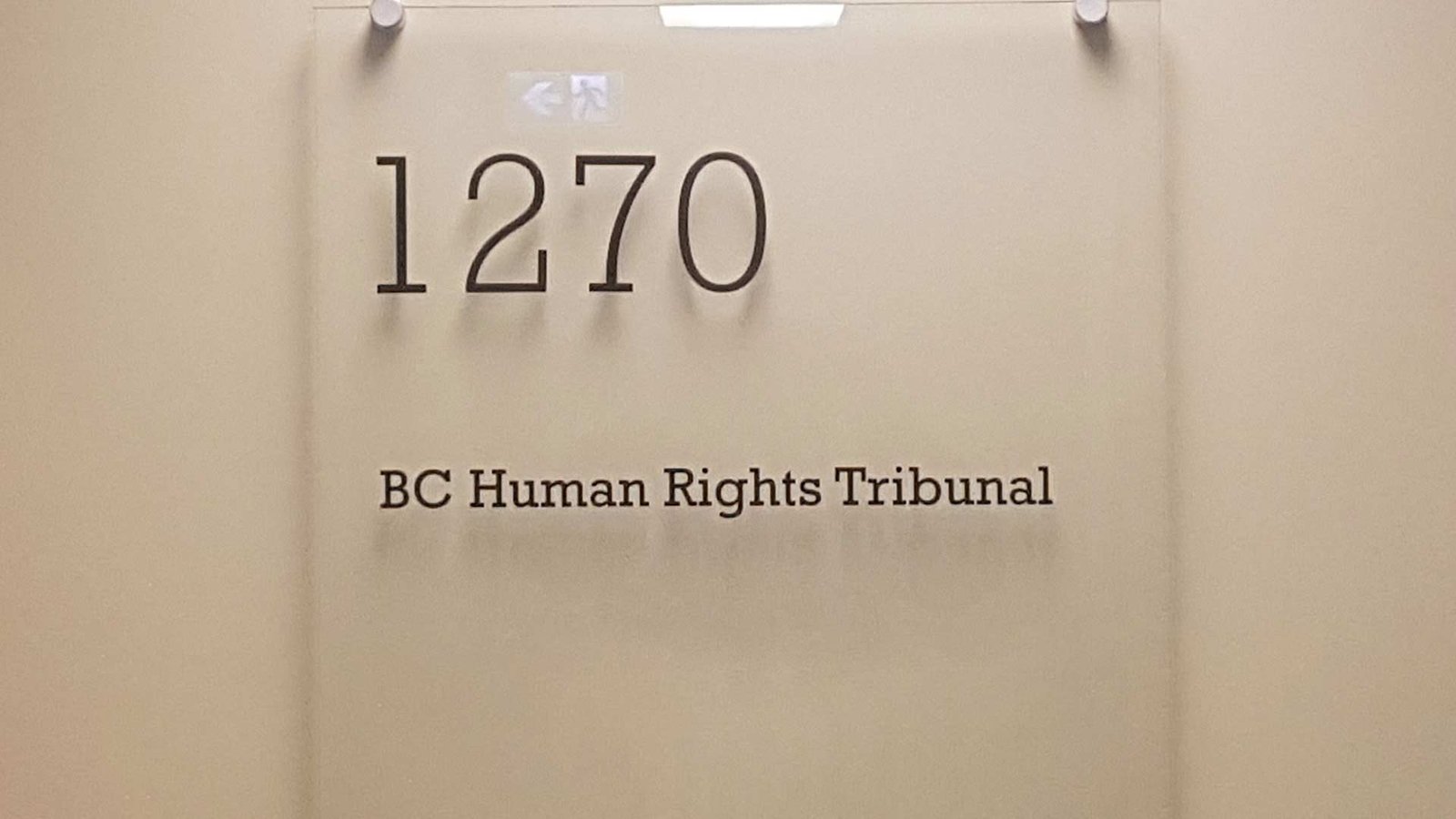What are tribunals?
Tribunals are decision-makers set up by the government to make decisions about specific types of disputes. The government creates these specialized bodies to reduce the range and quantity of disputes that courts have to deal with in the first instance, and to deal with specific issues more efficiently and affordably than the courts. Tribunals that members of the public often deal with include the Residential Tenancy Branch, the Civil Resolution Tribunal, the Employment Standards Tribunal, the Workers’ Compensation Appeal Tribunal and the Human Rights Tribunal.
What do tribunals do?
These tribunals make decisions that affect important aspects of people’s lives – whether they are evicted from their apartment; whether their strata council is unfairly applying noise or rental bylaws; or whether an employer has discriminated against them on the basis of race, gender or sexual orientation. When a person affected by one of these tribunals’ decisions believes that the decision was arrived at unfairly, and has exhausted any internal review processes made available by that tribunal, that person can apply for judicial review.
What happens in judicial review?
In a judicial review, a person affected by a tribunal’s decision asks a judge of the BC Supreme Court to review the decision and determine if the tribunal arrived at its conclusion unreasonably, or conducted the hearing in a procedurally unfair manner. However, the judge will not re-hear the whole case, and will not overturn the decision simply because the applicant does not agree with it or wants another chance to present his or her arguments. In a judicial review, the judge is limited to reviewing the tribunal’s decision and the written reasons for it, and determining whether the decision was reasonable and the procedures the tribunal followed were fair.
The courts recognize that the law gives the tribunal the power to make the decision, so judges must defer significantly to the tribunal’s decision-making authority and not interfere with its decisions unless it makes a major error in reasoning or procedure.
What happens if you win a judicial review?
If you succeed in a judicial review, the court will cancel the tribunal’s decision, and order the tribunal to re-hear the case and issue a new decision. The tribunal will hear the case a second time and make a new decision without repeating the mistakes it made the first time. The other side may also have to pay your “costs”, or a portion of your legal expenses, even if you did not hire a lawyer.
What happens if you lose a judicial review?
If you lose a judicial review and the court does not interfere with the tribunal’s decision, then the original decision will remain in effect. You may have to pay the opposing party’s costs.
If a tribunal has made a decision affecting your life and you believe it has made a serious error in reaching that decision, or someone else has applied for judicial review of a tribunal decision made in your favour, we would be happy to review the case and give you the advice and representation you need.

